AO Edited
Fort Ward Park
Built to defend Washington D.C. during the Civil War, this fort became a post-war nucleus for a thriving Black community.
From the waterfront in downtown Alexandria, Virginia, a drive north on King Street roughly follows the route of the southwestern border of the original District of Columbia. About three and a half miles north, near a shopping center, you can find one of the best-preserved perimeter forts built to protect Washington, D.C., during the U.S. Civil War.
Fort Ward, along with scores of temporary forts encircling Washington during the Civil War, sprang up after several southern states seceded from the Union in April 1861. Virginia seceded in late May 1861, triggering an immediate, four-year occupation by Federal troops. Fort Ward was established in May 1861 in, what was then, the rural western reaches of Alexandria near the intersection of two strategic roads, Leesburg Pike and Braddock Road. As with most of the 140-plus defenses of Washington, Fort Ward never saw any combat and was used mostly as a garrison and staging area for Federal troops.
The fort’s military role ceased at the end of the Civil War, but over the next century it became a focal point for an evolving community of formerly enslaved people purchasing land around the old fortification and establishing a community known as “The Fort.” Through the first half of the 20th century, the Fort was a vibrant African American community with homesteads, houses of worship, cemeteries, and distinct culture. But that community faded in the 1950s, as the City of Alexandria bought out residents and condemned the land in advance of archeological study and preservation of the old Fort Ward grounds. Ironically, the end of the Fort led to its cultural interpretation, along with the military history of the Fort Ward site.
Fort Ward sits on 45 acres in western Alexandria and opened in 1964. There is an extensive interpretive center describing the perimeter defenses of Washington during the Civil War and typical garrison life in the fortifications. The restored entry gate, officer’s hut, and the northwest cannon bastion are accessible and complement the interpretive and archeological work done over the years. Picnic areas are available by reservation. Archeological and culturally sensitive areas are marked and restricted.
Today the Fort Ward site is nestled in a northern Virginia suburb, surrounded by shopping, schools, businesses, churches, and car dealerships. The urban landscape is a far cry from the rural farms and pastures of 1861, and its narrative tells the little-known story of a nation securing a suddenly hostile border, and the aftermath of an emerging multi-cultural community of the early 20th-century.
Know Before You Go
From the intersection of King and Union streets in Old Town Alexandria go north on King Street 3.1 miles where it intersects with Braddock Rd. Go left (west) on Braddock Rd. for approximately ¾ of a mile, and the entrance is on the right. Ft. Ward park is owned and managed by the City of Alexandria, and is accessible daily, 9:00 AM to sunset during the week and closed on Sundays, Thanksgiving, Christmas, and New Year’s Day.


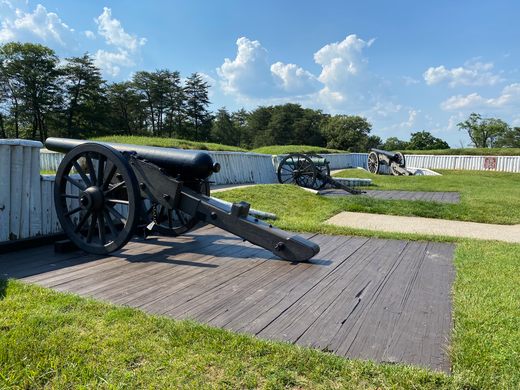
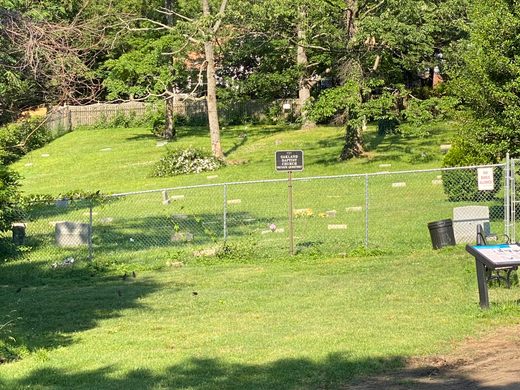
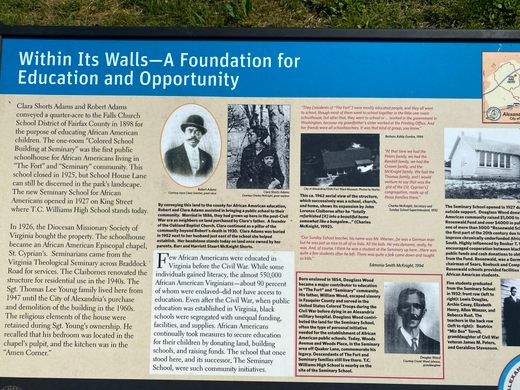
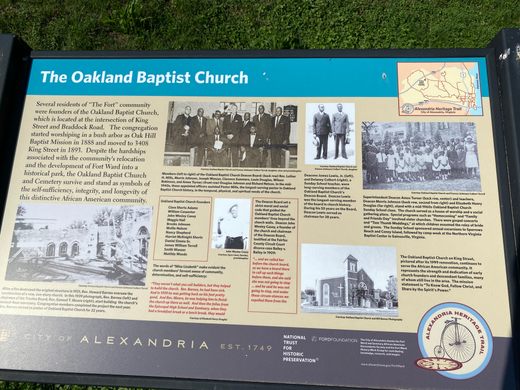







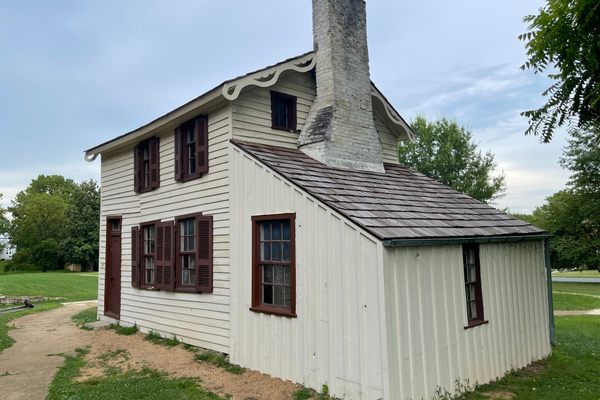



Follow us on Twitter to get the latest on the world's hidden wonders.
Like us on Facebook to get the latest on the world's hidden wonders.
Follow us on Twitter Like us on Facebook